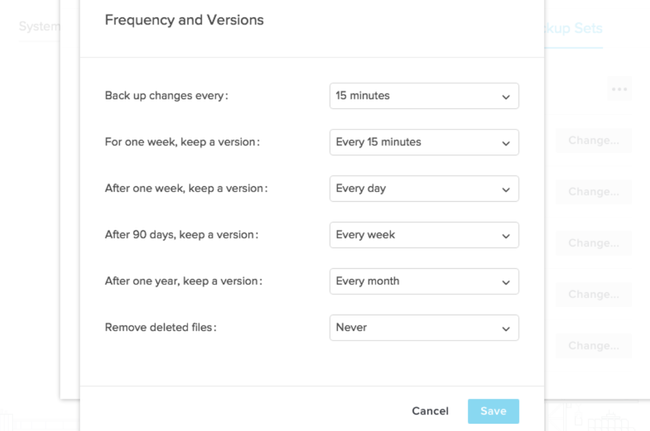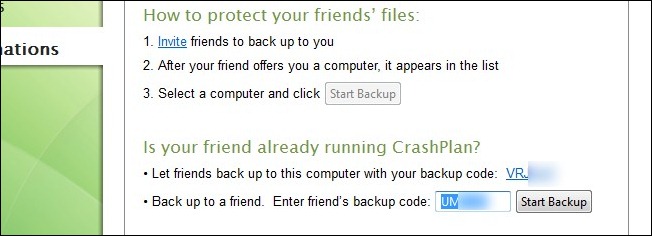
And don’t just test small files choose some large files as well so you’ll know for sure that it’s going to work when you really need it. It’s wise to periodically select some data from each of your backup destinations (you have more than one, right?) and restore it to be sure it works as expected. Verify that your backup is actually backing up – Don’t wait until a disaster occurs to check your backup. If it does, they are more likely to disable it, which is bad.
CRASHPLAN DELETE FILE TIME TO RECOVER SOFTWARE
Also, you want to be sure that the client software doesn’t slow down your users’ computers. This helps SMBs insure that all data is being backed up regularly, rather than leaving it in the hands of employees to remember it. Make sure backup is automatic and unobtrusive – There are backup solutions that run automatically and continuously without requiring any intervention from the user. The bottom line is that sync can be a great complement to backup, but is not a substitute because it cannot protect you from data loss that is the result of human error So if you accidentally delete a file from your synced data set, and don’t realize it right away, there’s a good chance it will be gone from all the other machines. If you delete something from one computer, that deletion is also performed on any other machine on the account. Although typical sync systems give the appearance of making backups of your files, it can be tricky because of the nature of sync. Items added or modified on one machine are automatically updated via a network connection to all the other machines. This is invaluable if you have files that you want to have accessible in more than one location (on a desktop and laptop computer, for example). Realize Sync Does NOT Equal Backup – There are a number of excellent file sync systems, which make it easy to keep a set of files and folders synchronized between two or more computers. You can manually change this setting if you prefer not the save deleted files for that long. CrashPlan’s normal behavior is to keep deleted files forever.

If you don’t realize you’ve deleted something before that time limit, the file is lost for good. Make sure your backup system retains deleted files – Most backup systems retain copies of deleted files for some period of time before purging them from the backup data. This makes it possible to revert to essentially any version of your work. CrashPlan, for example, can save new versions every minute and keep as many as you want for as long as you want. The best systems let you specify how frequently a new version is saved, how many total versions of each file are retained, and for how long. Make sure your backup system saves multiple versions of any files – It’s relatively common these days for backup software to save multiple previous version of a file.

And if you’re only going to have one, online backup is the way to go. It often indicates a user profile.īack up to multiple destinations – Hopefully you don’t need to be convinced that having at least one backup is essential. Account icon An icon in the shape of a person's head and shoulders.


 0 kommentar(er)
0 kommentar(er)
